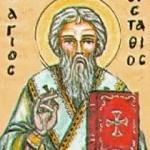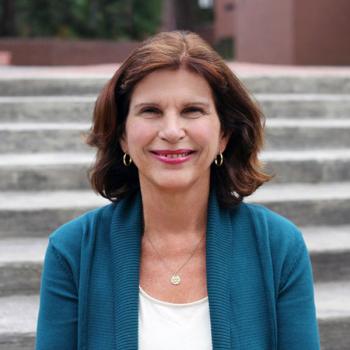Yet, it all remains a risk, the risk of the "perhaps," the risk of the negative, the risk of the "without," as in without certainty, without knowledge, without the power of an audacious self-confidence in "knowing," without remainder, what we believe and in what we hope. For Caputo, faith is, indeed, at its purest when it does not know the object of its commitment, and hope is at its purest when it hopes even in the face of the hopeless. That is when both reach what he would call a "white-hot" intensity that brings a meaningful and purposeful redemptive fullness to life.
Nonetheless, in the case of all three religious thinkers, to testify to faith through the silence of substance functions ultimately as an abstraction, as the conceptualization of an "ideal" sense of faith that simply cannot be realized in the concrete, factical structures of everyday human existence. Eventually, substance speaks; it breaks the silence and indicates that faith is always intentional, always has some object in mind, always operates in tandem with some objective content that suggests, perhaps, some reasonable contextualization of its passion. In other words, an enfleshed, temporal, historical human being will eventually identify what s/he believes in, whether it is "in God, the Father Almighty, Creator of heaven and earth" or "in long, slow, deep, soft, wet kisses that last three days!" Faith and hope pragmatically, therefore, cannot avoid an object of the preposition, "I believe and hope in . . . something."
For Paul, the intentionality of faith results in the following affirmation: "I know whom I have believed, and I am convinced that he is able to guard what I have entrusted to him until that day" (2 Tim. 1:12). For Derrida, it is the realization that faith and hope occur within the environment of a heritage and of repetition, of some originary promise and primary affirmation that have been given traditional and rational expressions: "This yes will have implied and will always imply the trustworthiness and fidelity of a faith." For Caputo, it is the contentment of recognizing that the risk of a theology of "perhaps" cannot evade confessional testimony: "What exist are the concrete 'confessional' theologies, Christian or Islamic or Jewish theologies, for example, the theologies of real historical communities. . . I start with confessional theology while trying to expose it, to expose myself, to its own excess, to hold us all open to the event."
Faith and hope do exist in the crevices of experience where the light of reason can never illuminate them as if they were vulnerable to principles of verification. They do, invariably, consort with blindness, preferring to advance into an unknown future with a passion that exceeds the pedestrian comfort of looking before leaping. Sooner or later, however, they must connect with something rational, something reasonable in its distinguishable singularity, something that speaks of theological or religious substance, while, simultaneously, never being reduced to conceptual categories of certainty. Consequently, no one walks in faith or journeys toward hope without gazing into a mirror dimly, without reflecting on something that legitimizes one's doctrinal choices, without periodically squinting just enough perhaps to catch a glimpse of something that lends credence to one's convictions — without, that is, faithfully and passionately peeking!




